


Two calls have been issued to register equity crowdfunding platforms and angel investor networks interested in investing in deep techs.

Subnational funding agencies and Brazil’s National Scientific Council will partner to allocate almost BRL 60 million to research projects that explore little-known areas of the world’s largest tropical forest.
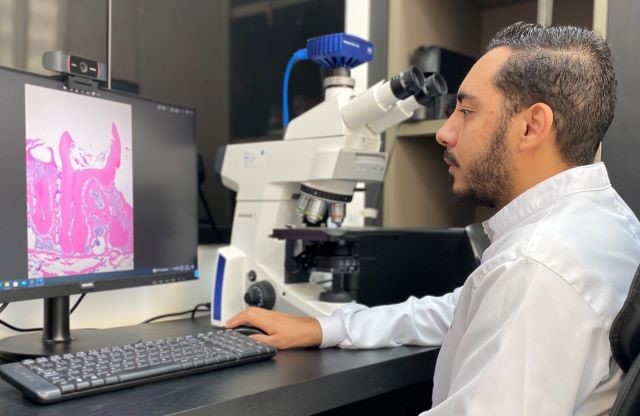
Researchers at the University of São Paulo showed in mice the importance of the signaling pathway mediated by the pro-inflammatory cytokine TNF-α and its receptor TNFR1; the discovery could now help scientists develop medications for oral health.
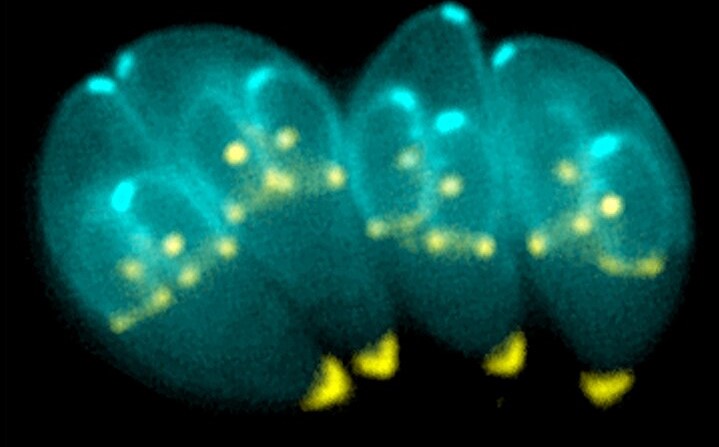
Brazilian researchers screened 160 compounds known to be effective against SARS-CoV-2 and identified those that also act against the protozoan parasite Toxoplasma gondii. The most promising will be tested in humans for treatment of the chronic form of the disease.

‘Amazon Day: Science for the Amazon’ was held on September 15, during the 78th United Nations General Assembly. Panelists discussed the role of science, technology and innovation in sustainable development for the region.
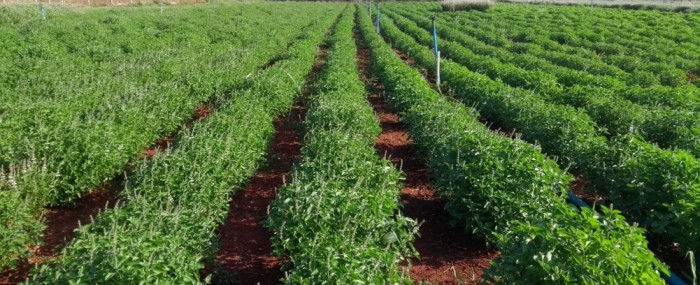
The technology was invented by a FAPESP-supported startup. It consists of a blend of essential oils from various plants, encapsulated in natural polymers that release the biofungicide gradually over a long period.
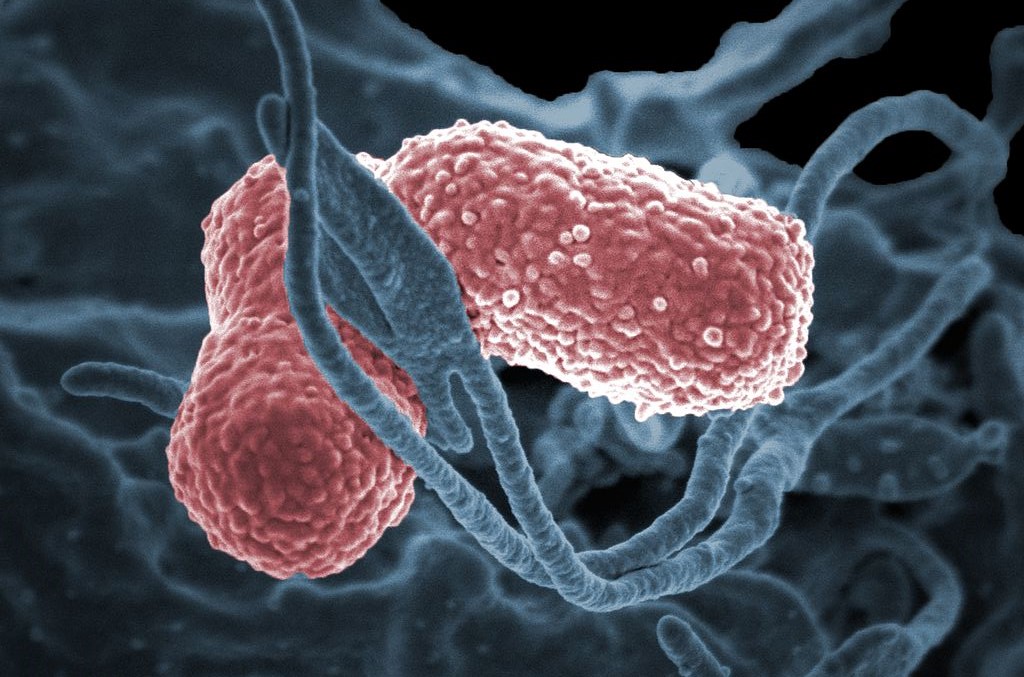
The study was conducted by researchers at the University of São Paulo, highlighting the importance of identify and isolating infected patients on admission to the emergency room. The findings also showed that containment may be impaired if patients stay more than two days in the ER.
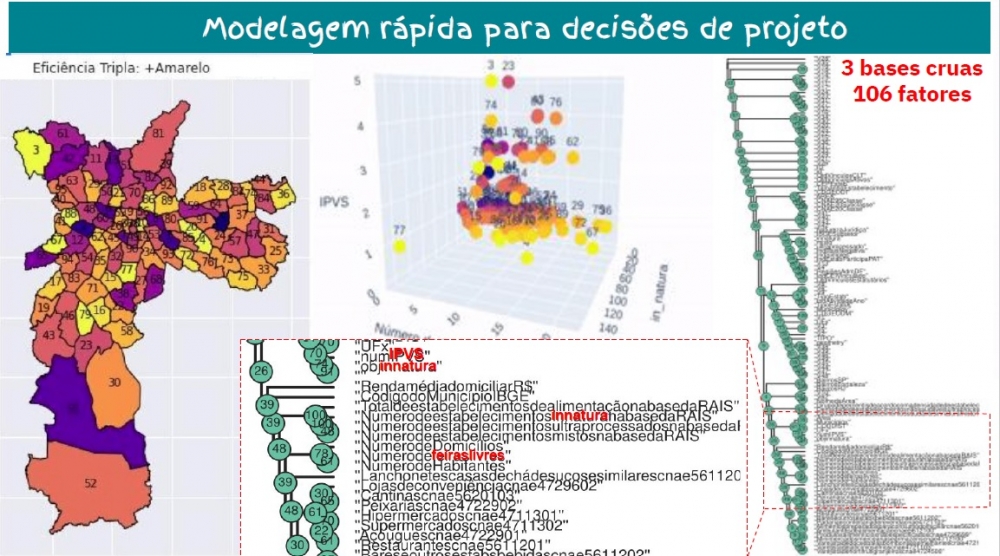
Algorithms developed at the University of São Paulo interpret information from different databases and help identify city areas susceptible to food insecurity.

The prevalence of dysfunctional eating behaviors among almost 1,000 vegans studied by researchers at the University of São Paulo was less than a tenth of the average for the Brazilian population. The explanation, according to the researchers, lies in the reasons for which people choose a restrictive diet.
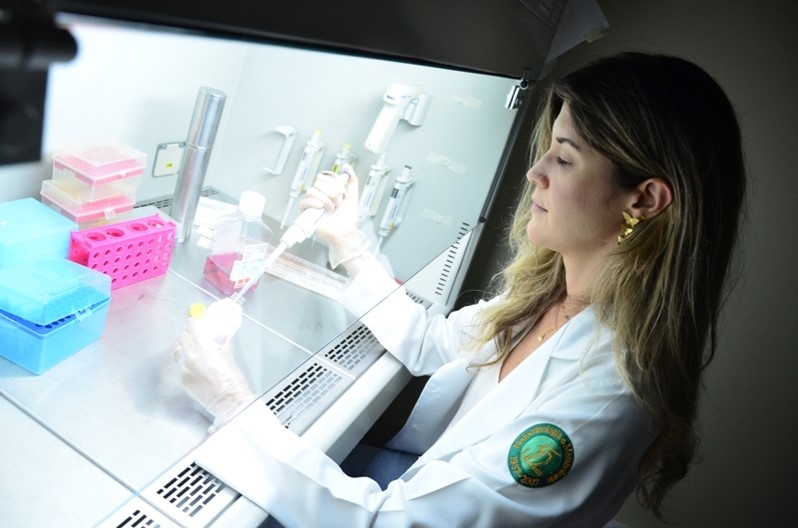
Experiments conducted at the University of São Paulo showed that expression of the gene that encodes the vitamin D receptor is greatly reduced in pediatric adrenocortical tumor cells. When the gene was activated, an anti-proliferation effect was observed. The only treatment currently available is surgical removal of the tumor.
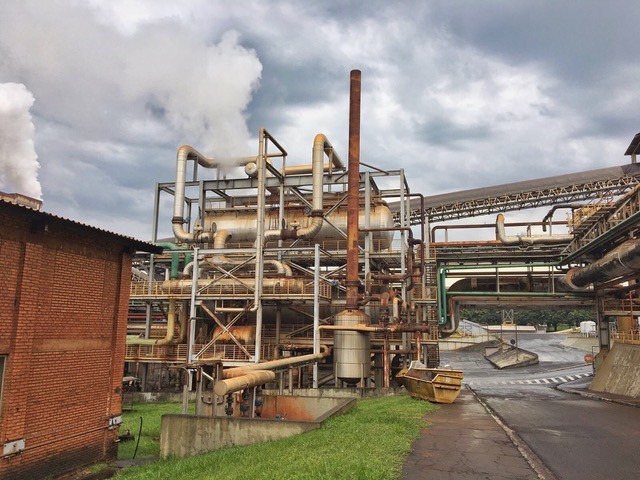
The product will pave the way for researchers and food engineers to develop novel industrial processes based on the use of sugarcane molasses. It was tested as a yeast culture medium for ethanol production.
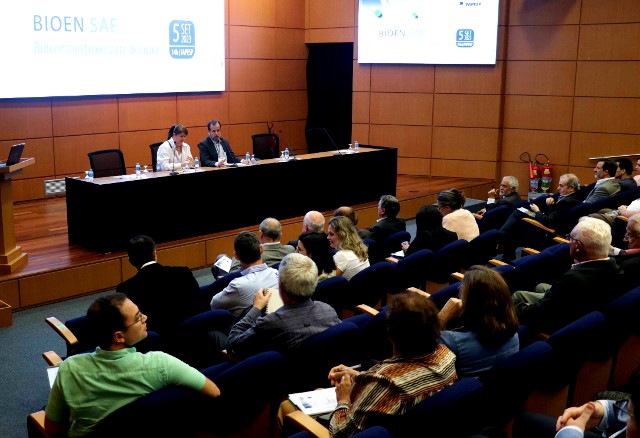
A seminar hosted by the steering committee for the FAPESP Bioenergy Research Program featured researchers and representatives of the public and private sectors. A rapid and substantial increase in production of sustainable aviation fuels was the option considered most consistent.
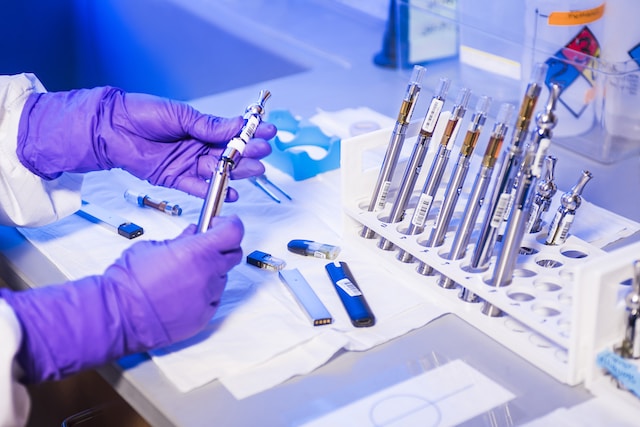
The call is one of several initiatives designed by FAPESP to help science and technology startups supported by its entrepreneurship and innovation program attract investors and survive “death valley”.

Hormones and metabolites secreted after physical activity act together to suppress hunger, as highlighted by an editorial in The Journal of Physiology written by researchers at the State University of Campinas and the University of Copenhagen.

A technology created by the University of São Paulo’s Center for Artificial Intelligence increases the accuracy of shipping and other weather forecasts by 20%, and is being tested at the Port of Santos.
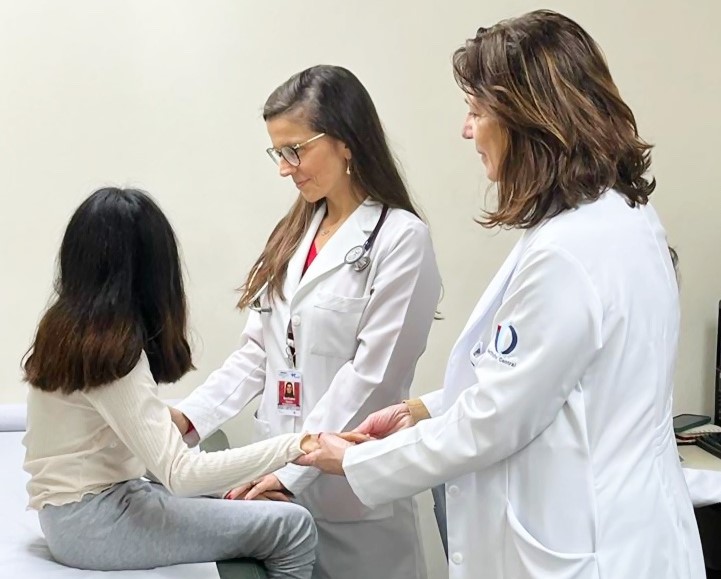
Researchers at the University of São Paulo in Brazil and collaborators in four other countries analyzed more than 400 patients. They found a link between the endocrine disorder and alterations in the gene MECP2, which encodes a protein of key importance to neuron development.
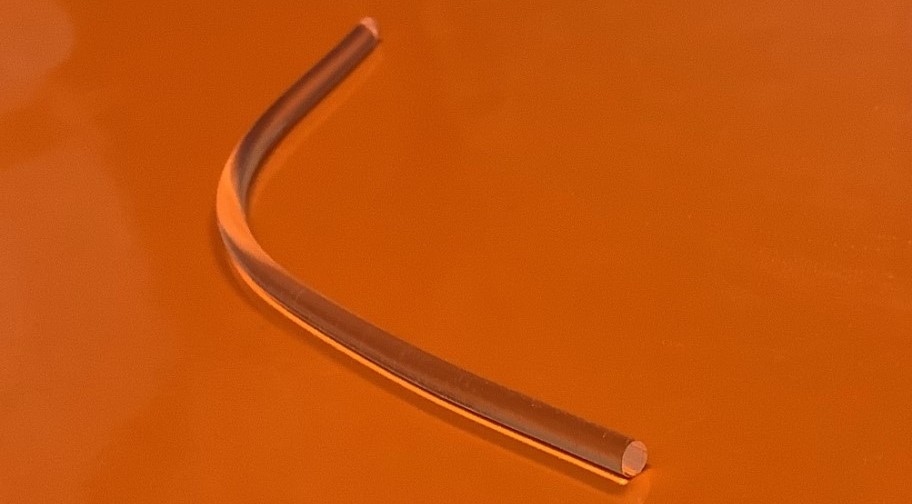
Made from agar, a substance extracted from red algae, the optical fiber can be used to monitor stimuli produced in the brain or muscles, or as an ancillary interface in human-computer connections for assistive or rehabilitation technologies.

The main impacts for the Caatinga, as the semi-arid biome is known, will be replacement of trees by shrubs and grasses, and a decrease in the overall number of species. The projections are based on the IPCC’s latest report and a database created by Brazilian researchers.
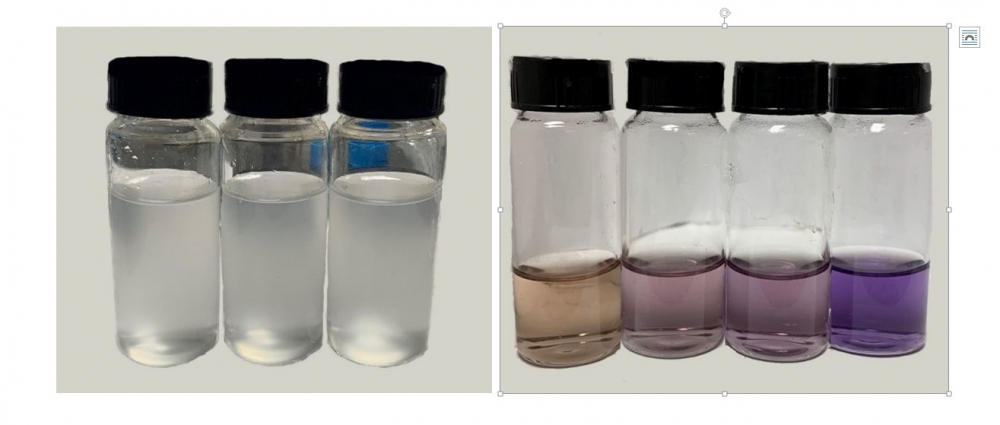
The technique uses functionalized cellulose fibers from sugarcane bagasse to remove residues of the herbicide from an aqueous medium.

A startup supported by FAPESP is developing an app that leverages artificial intelligence to help users monitor the disease and improve the quality of their lives.
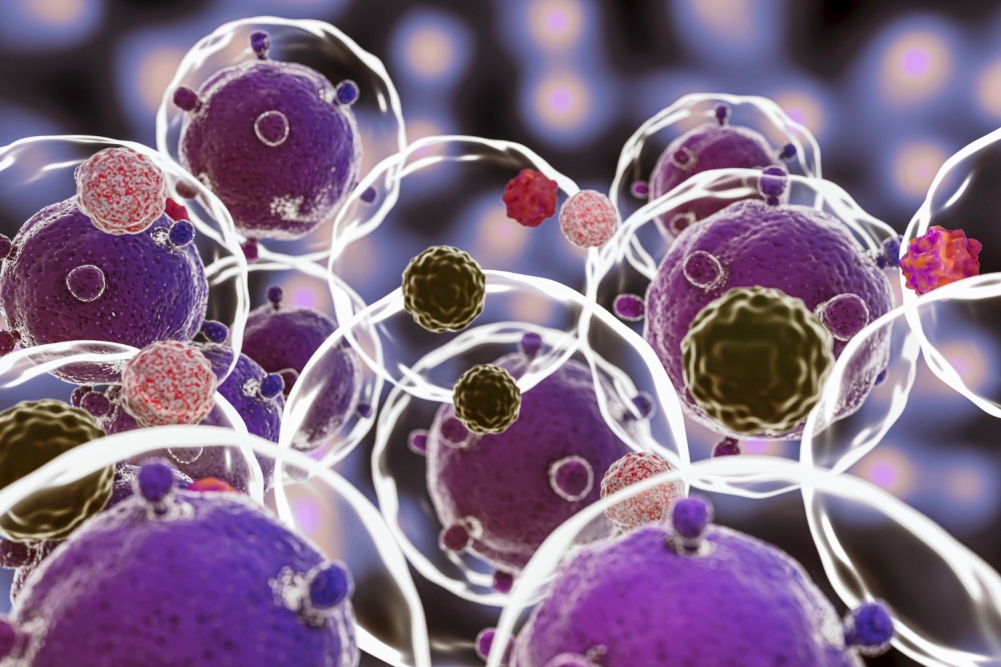
Brazilian researchers and collaborators in Germany and the US compiled data from 195 clinical trials conducted in 30 countries between January 2020 and December 2021. The findings are promising, although the authors stress the need for enhanced controls in the making of the products used in cell therapy.
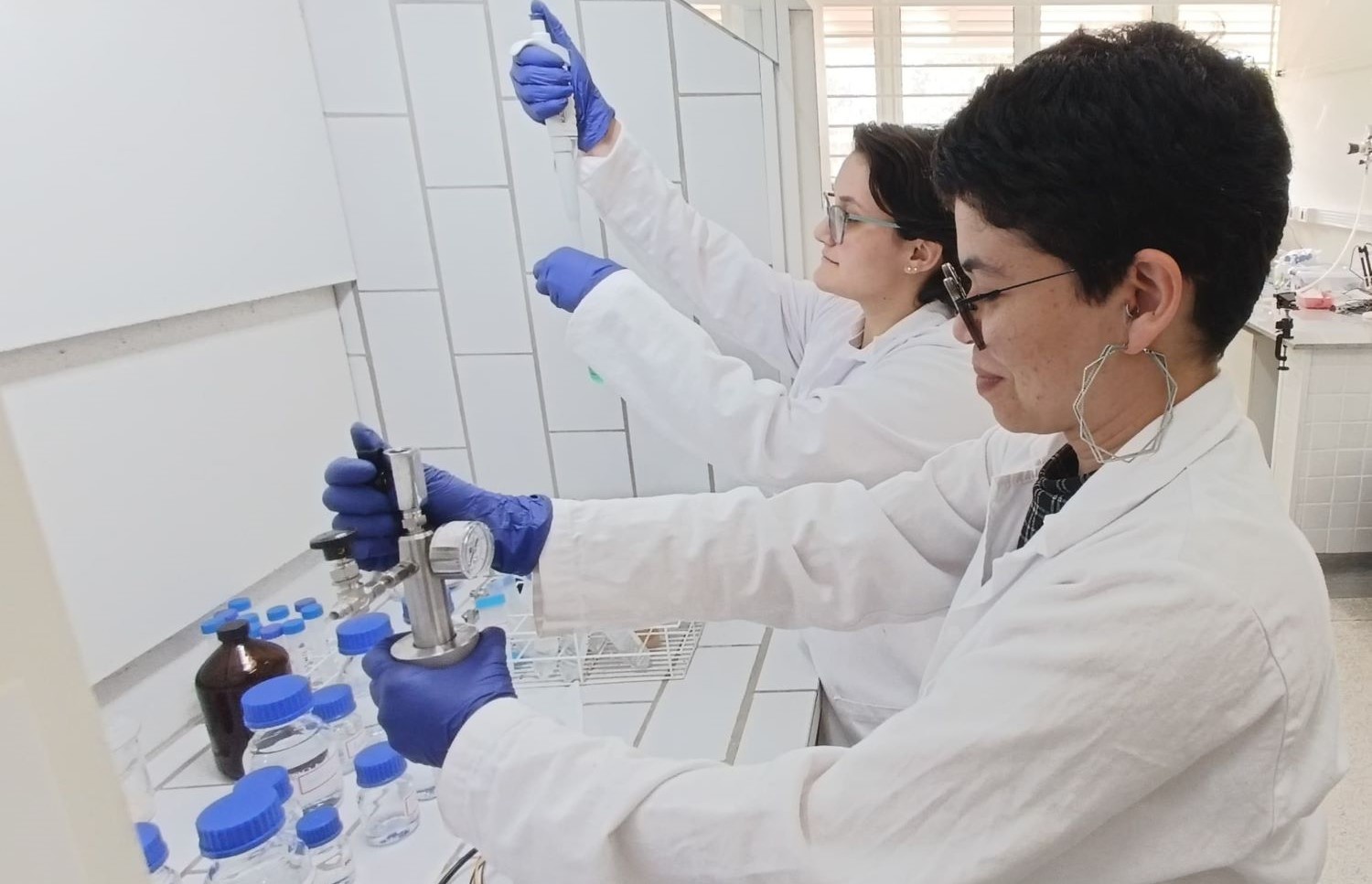
Acetone, a key input for the chemical industry, is usually produced by an elaborate and hazardous process. A more sustainable strategy has been developed by a scientific collaboration between researchers in Brazil and Germany.

A comprehensive review by researchers in Brazil and elsewhere provides a wealth of information about the effects on the organism of remaining seated for much of the day, and calls for more research to analyze the effectiveness of interventions to reduce or interrupt sedentary behavior.

The researchers correlated data on the animal’s ecological niche and connectivity among populations with existing and planned hydropower development sites in Brazil’s South region. They estimated that 30% of its habitat could be lost, heightening the risk of extinction.

Researchers at the Federal University of São Paulo conducted experiments involving rats to analyze the effects of a high-fat high-sugar parental diet. The results suggested that ingestion of hypercaloric food by male progenitors favors weight gain and a build-up of body fat in their offspring.